Are you still using traditional grout colors for your white subway tile backsplash? In fact, the pairing of subway tiles with their grout colors is diverse and encompasses a lot of knowledge, including aspects like decor style and maintenance costs. Let's explore the various subway tile and grout color Combinations together in this article.
![What are the Best Subway Tile and Grout Color Combinations What are the Best Subway Tile and Grout Color Combinations? [2023]](https://chinatileaccessories.com/wp-content/uploads/2023/12/What-are-the-Best-Subway-Tile-and-Grout-Color-Combinations.png)
What is Subway Tiles?
Subway tiles, a staple in modern interior design, trace their origins to the iconic New York City subway stations of the early 20th century. Originally crafted as white, rectangular, glazed ceramic tiles measuring 3 inches by 6 inches, they were renowned for their glossy finish and easy-to-clean surfaces. The classic subway tile was a reflection of practicality and aesthetics, designed to brighten the underground stations with its reflective surface.
![What are the Best Subway Tile and Grout Color Combinations? [2023] 1 What is Subway Tiles?](https://chinatileaccessories.com/wp-content/uploads/2023/12/What-is-Subway-Tiles.png)
Today, the term 'subway tile' encompasses a broader range of materials, colors, and sizes, maintaining its signature rectangular shape that's twice as long as it is wide. This evolution has enabled subway tiles to transcend their utilitarian roots, becoming a beloved choice for both residential and commercial spaces due to their durability, low maintenance, and timeless appeal.
How to Choose Grout Color for Subway Tiles?
#1 “Should Grout be Darker or Lighter than Tile?”
When selecting the perfect grout colors for white subway tiles, consider the visual effect you desire. A contrasting grout color, such as black against white tiles, accentuates each tile, adding texture and dimension to your space. This approach is particularly effective for creating striking patterns or highlighting the tile layout.
On the other hand, using a grout color similar to the tile creates a more unified, seamless appearance. This choice helps in achieving a subtle, sophisticated look, where the focus is more on the overall area rather than individual tiles.
#2 “What Color Grout Stays the Cleanest?”
For practicality and maintenance, neutral grout colors are a top choice, especially in areas like bathrooms. Neutral shades, such as beige or light gray, not only blend well with various tile colors but also mask dirt and stains more effectively than extreme dark or light colors.
They strike a balance between cleanliness and aesthetic appeal, allowing the tile design to stand out while maintaining an inviting, warm ambiance.
#3 Using Test Swatches to Determine the Grout Color
An effective way to choose the right grout color is to use a test swatch against your selected tiles. This method allows you to visualize how different grout colors interact with the tile in the actual lighting of your space.
![What are the Best Subway Tile and Grout Color Combinations? [2023] 2 Types of Grout Color for White Tile](https://chinatileaccessories.com/wp-content/uploads/2023/12/Types-of-Grout-Color-for-White-Tile.png)
By comparing various shades directly next to your tile choice, you can better assess how the grout will influence the overall look, from enhancing tile color to impacting the perceived size of the space.
4 Types of Grout Color for White Tile
White Subway Tile with Black Grout
Black grout with white subway tiles creates a striking, high-contrast look that's both bold and timeless. This combination is perfect for adding visual interest and a graphic punch to your space. Ideal for modern and industrial designs, black grout outlines each tile, making the pattern prominent and dynamic. It's also practical for high-traffic areas as it hides dirt and grime effectively.
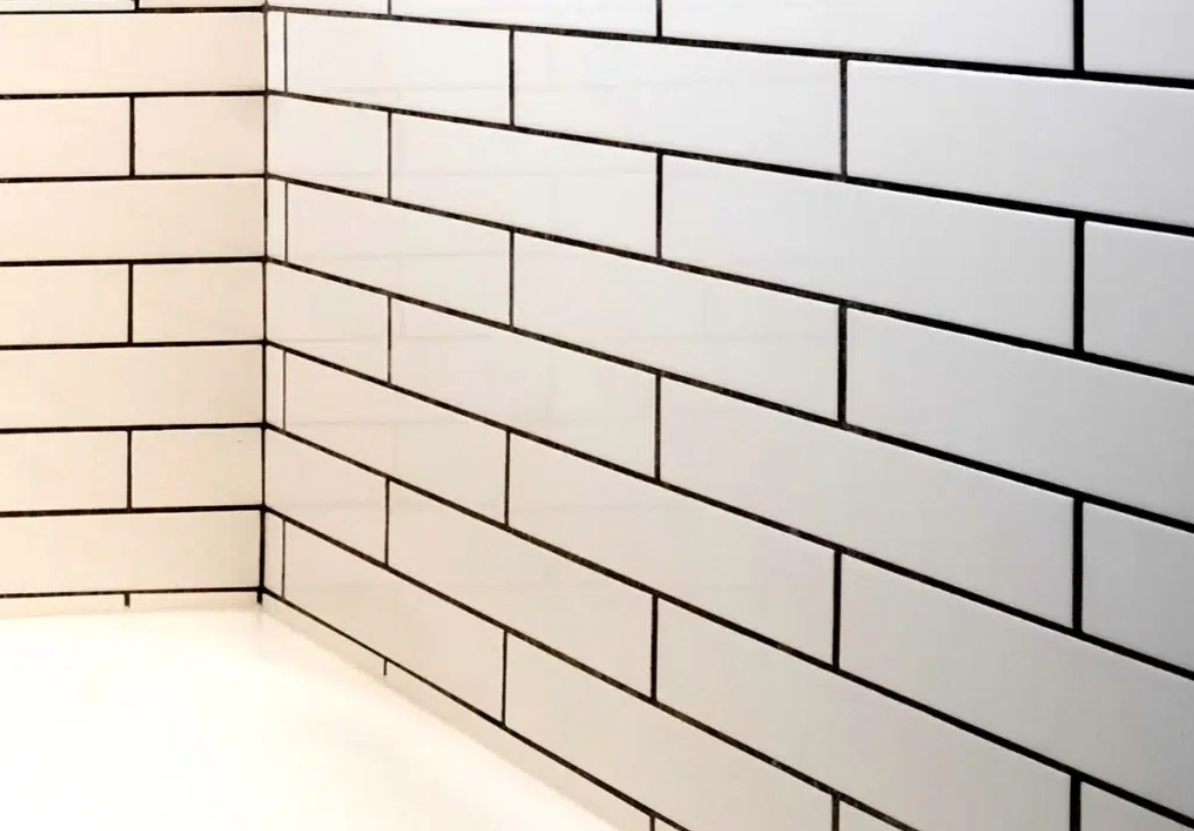
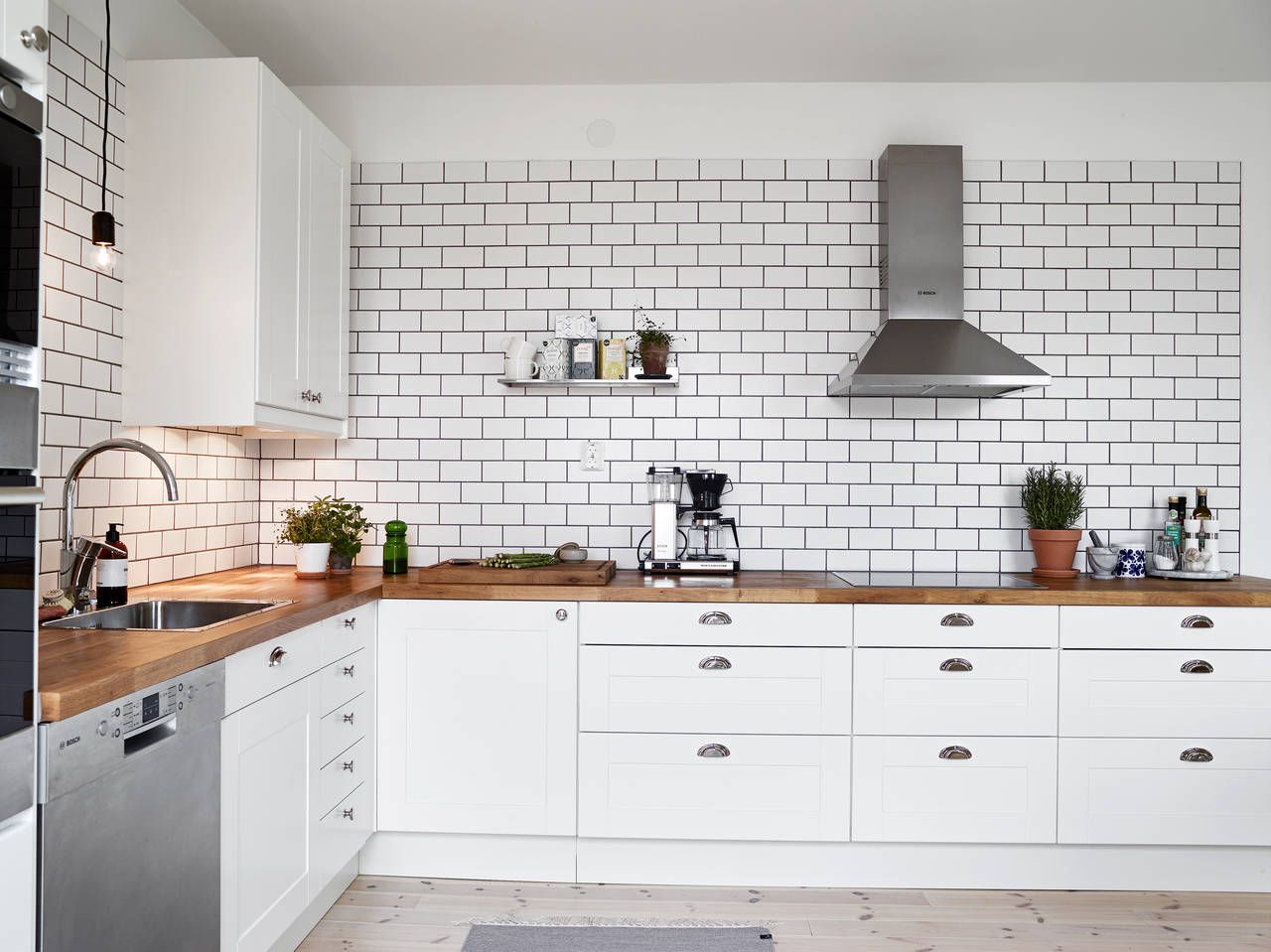
Although black grout is aesthetically pleasing and popular in modern and farmhouse-style interiors, it has a fading issue. Unlike lighter grout, black grout shows signs of fading and discoloration over time, especially in damp areas such as showers or kitchens. The color may bleed out, making the fading of black grout more pronounced than lighter shades.
Moreover, while black grout initially hides dirt and dust effectively, it requires regular sealing and cleaning with neutral pH-balanced products to maintain its color and prevent mold growth.
An interesting fact is that the belief black grout doesn't get dirty is a misconception. White dust or mold, lime scale, and scratches are all more visible on black grout, making these imperfections clear.
These issues, combined with fading, lead some interior designers to view black grout as a less practical choice, despite its visual appeal.
White Subway Tile with Gray Grout
Gray grout is an excellent middle-ground choice, softening the contrast compared to black. It retains visual impact but is not as intense as black grout. It has a modern appearance and complements a range of styles, from modern minimalist to rustic charm.
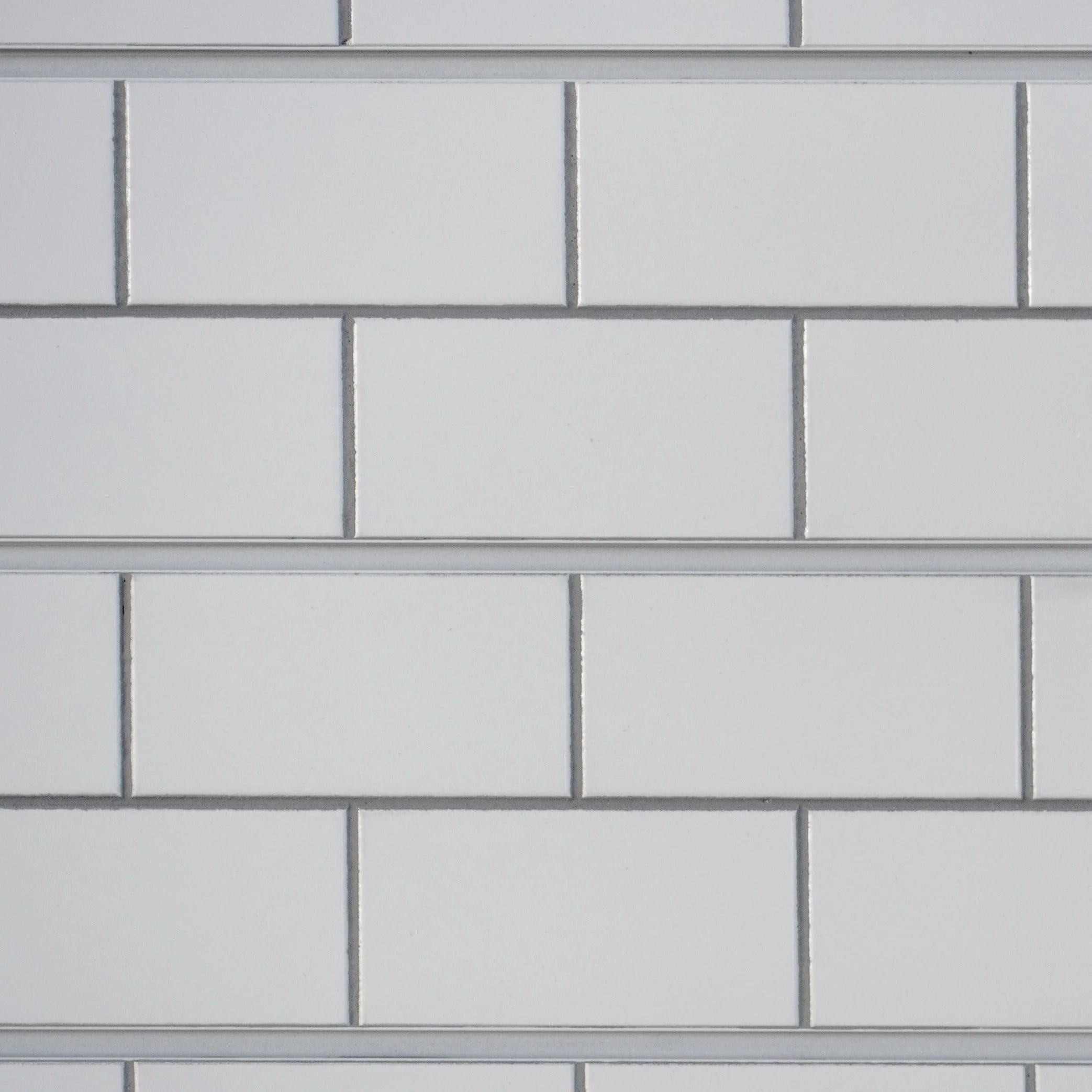
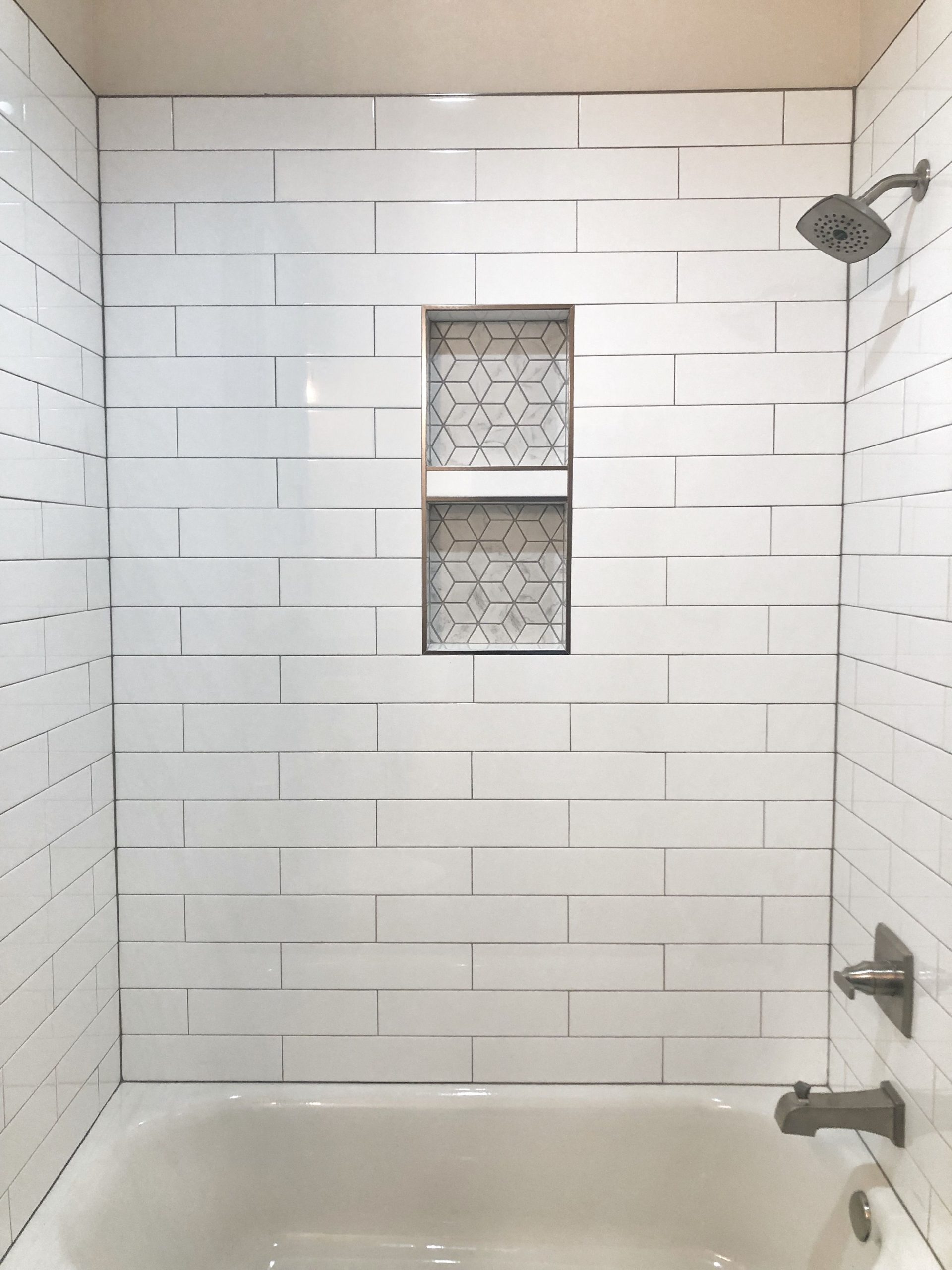
Statistics show that over 90% of people in the building industry choose the combination of gray grout with white tiles. This pairing brings a simple beauty to the tile layout without appearing bland. Additionally, it is stain-resistant and easy to maintain, making it a practical choice for kitchens and bathrooms.
White Subway Tile with White Grout
Choosing white grout with white subway tiles creates a clean, seamless look, which is its unique advantage. This monochromatic approach is perfect for creating a bright, open feel, making it an excellent choice for smaller or less-lit areas.
Since both grout and tile are white, it enhances continuity and the sense of space, fitting well with minimalist and Scandinavian-style interiors. In modern interior design, a classic use of white grout is to pair it with tile backsplashes.

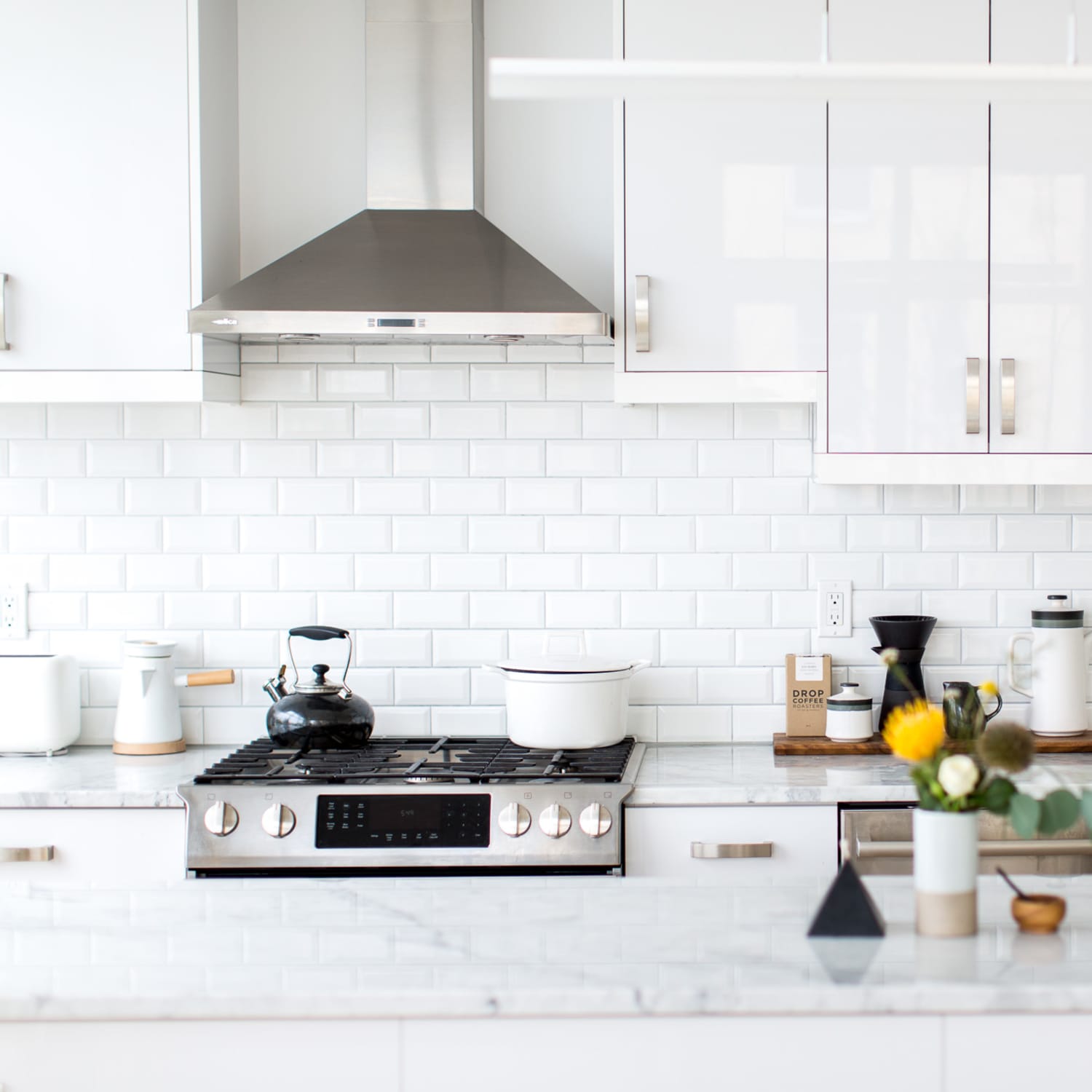
While aesthetically pleasing, white grout requires more maintenance to keep it clean. Over time, white grout may begin to yellow due to environmental factors.
Visually, it may appear off-white, but don't mistake this for a style transition. In reality, yellowed white grout looks unattractive, and surface dirt becomes particularly noticeable.
White Subway Tile with Brown Grout
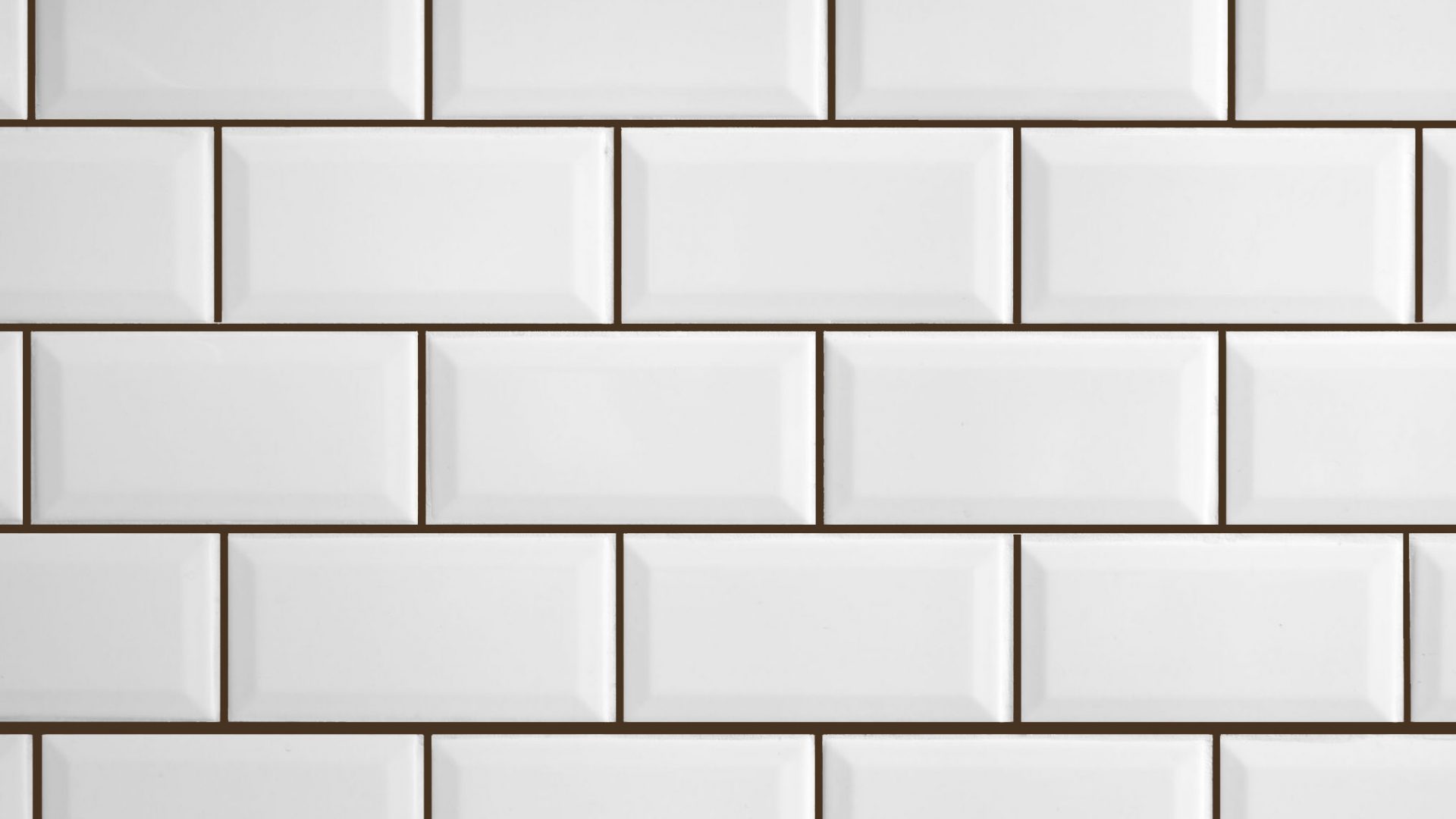
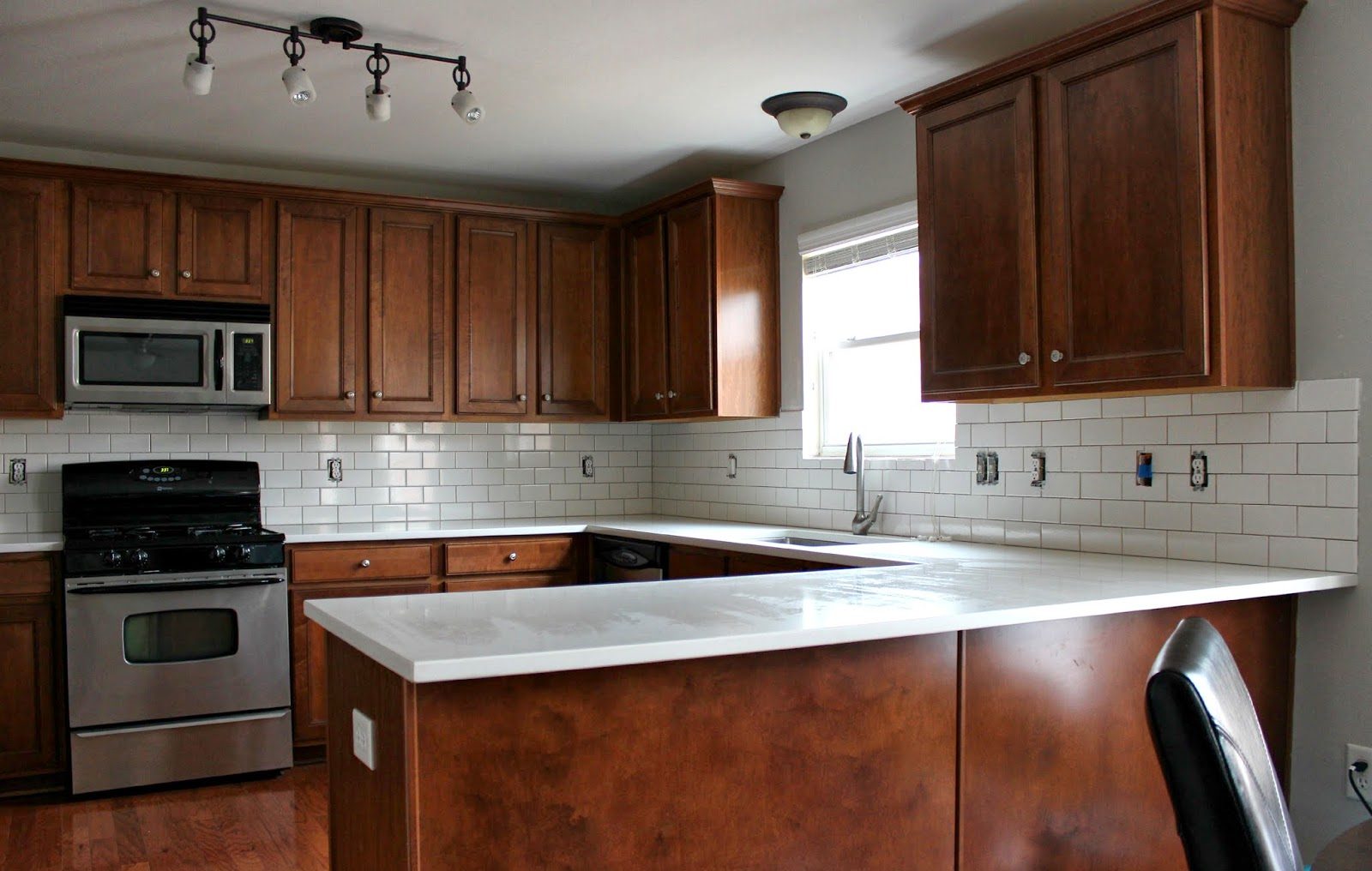
Brown grout with white tiles is a non-traditional yet charming choice. It adds warmth and a rustic feel, ideal for creating a cozy, welcoming atmosphere. The earthy tones of brown grout bring a unique character and can complement natural elements like wooden cabinets or stone countertops. It's a choice that bridges the gap between traditional charm and contemporary style.
Tips for Maintaining and Cleaning Grout
Maintaining and cleaning grout is crucial to keep your tiled surfaces looking their best.
For an effective DIY cleaning solution:
- Start by removing surface dirt with hot water and a towel.
- Then, create a cleaning mixture using ½ cup of baking soda, ¼ cup of hydrogen peroxide, and 1 teaspoon of dish soap.
- Apply this mixture generously onto the grout and let it sit for 5-10 minutes to break down dirt and grime. The bubbling action of the hydrogen peroxide and baking soda works wonders in lifting stains.
- Afterward, scrub the grout lines with a brush to ensure deep cleaning, and then wipe the area clean with a damp rag.
![What are the Best Subway Tile and Grout Color Combinations? [2023] 3 Tips for Maintaining and Cleaning Grout](https://chinatileaccessories.com/wp-content/uploads/2023/12/Tips-for-Maintaining-and-Cleaning-Grout.png)
In addition to regular cleaning, for areas where the grout has become discolored or damaged, consider using a tile gap repair pen. This handy tool not only helps in restoring the original color of your grout but also seals it against future staining and damage. It's a convenient and efficient solution for spot repairs, perfect for quickly touching up small areas without the need for extensive re-grouting work.
When using the repair pen, ensure the area is clean and dry, then apply the pen following the manufacturer's instructions for the best results. Regular use of such maintenance tools, along with your cleaning routine, will keep your grout looking fresh and new.
Final Thought
Choosing the color of your tile grout is never a trivial task. It not only affects your overall interior decoration style but also impacts the amount of maintenance work needed later on. Please select the most suitable color based on your actual needs and cost considerations.
The examples mentioned in this article are just the tip of the iceberg. In modern design, there are many more bold combinations, such as blue tile grout with white subway tiles to highlight a maritime atmosphere.
If you still have doubts in this area or wish to learn more, feel free to contact us. Awisdom not only produces the highest quality products but also provides the most professional knowledge, hoping we can progress together on the journey of building.
FAQ about Tile Grout
Why is my grout drying different colors?
Inconsistent grout coloration, where grout dries in varying shades from its intended color, is primarily due to uneven drying of the Portland cement in the grout. This phenomenon results in some areas appearing as the expected color, while others turn darker or display different shades. The key factor is the uneven drying process, which can be influenced by factors like humidity, temperature, and application consistency.
What happens if you grout tile too soon?
Grouting tiles before the mortar has fully cured can lead to significant issues. Premature grouting might cause tiles to dislodge or shift, creating uneven surfaces.
In more severe cases, tiles may even detach completely, posing a risk, particularly in households with young children or pets. It's crucial to allow the mortar adequate time to cure to ensure a stable and safe tile installation.
What kind of grout for backsplash?
For backsplashes, especially those with narrow grout lines on vertical surfaces like kitchen walls, unsanded grout is the recommended choice.
Unsanded grout is preferred in these scenarios as wall tile installations are less susceptible to cracking, and the additional strength provided by sanded grout is generally not necessary. This makes unsanded grout ideal for achieving a smooth, clean finish on backsplash installations.
Can you tile and grout on the same day?
It is generally advised to wait at least 24 hours after laying tile before grouting. This waiting period allows the mortar to set and dry adequately.
However, for optimal results, extending this period to 48 hours is recommended. Factors like room temperature and humidity can impact drying times, so allowing extra time ensures the mortar is fully cured, preventing any future complications when pressure is applied during grouting.


